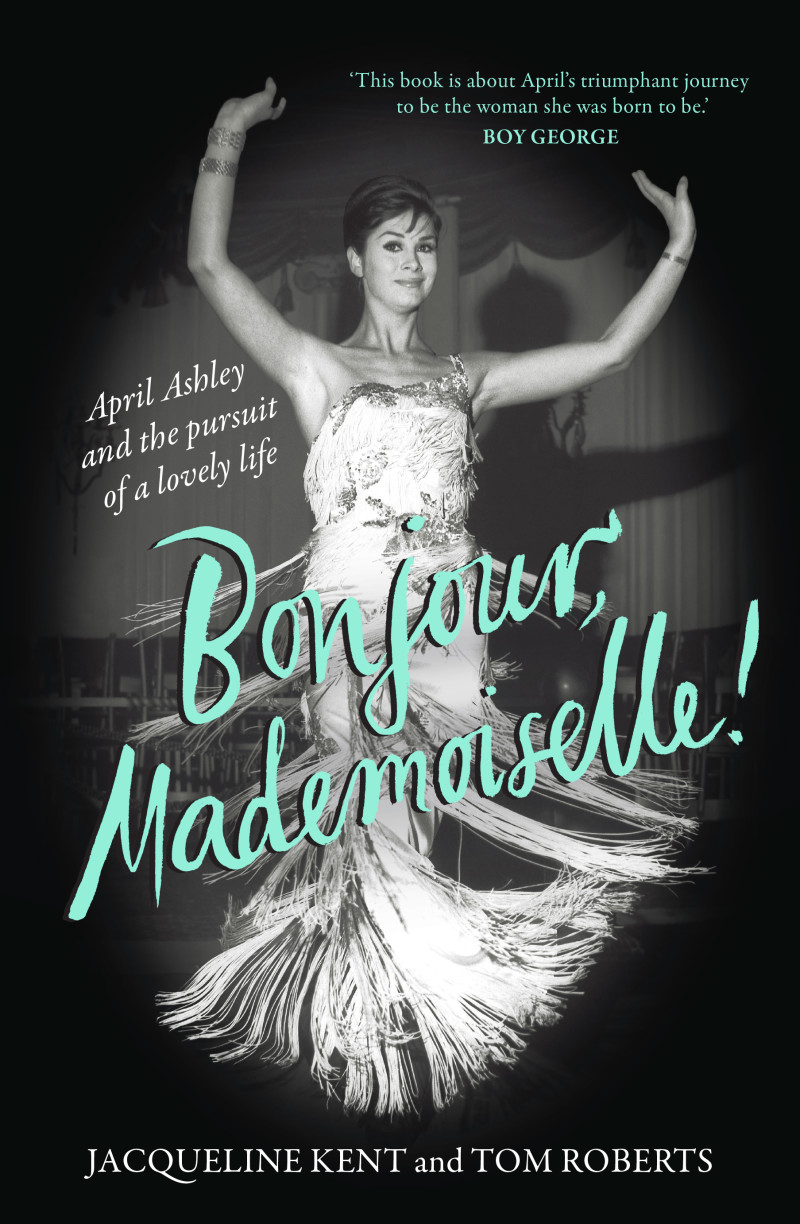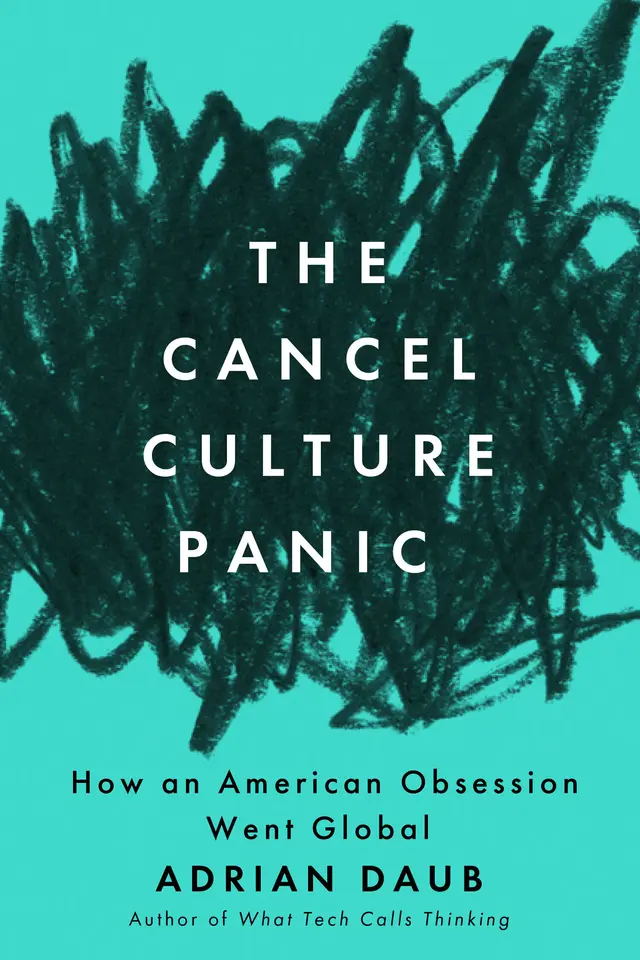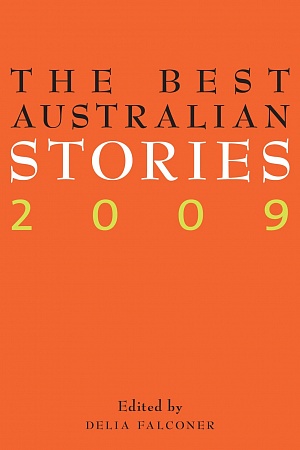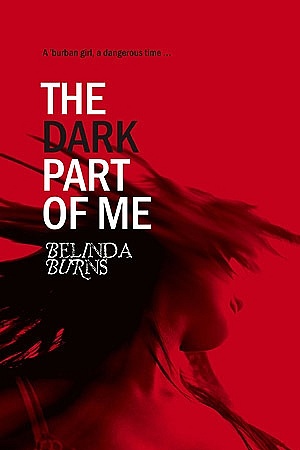A Darker Music
Scribe, $32.95 pb, 312 pp, 9781921640650
A Darker Music by Maris Morton
Maris Morton’s novel is the winner of the Scribe CAL Fiction Prize for 2010. The Cultural Fund of Copyright Agency Limited (CAL) has this year contributed to raising the prize money to $15,000. The winning manuscript, and the runners-up, are published by Scribe Publications. In a world where many prizes are won by experienced writers, and where there are special prizes for young writers, the Scribe CAL competition is open to writers over thirty-five, regardless of their publication history. As with the Vogel, for those aged under thirty-five, the only barrier is age; there is no limit on subject matter or style.
Morton’s A Darker Music, a traditional narrative set in rural Western Australia, spans events of roughly a hundred year, but the focus is on the present day, upon which the past has cast grim shadows. In 1913 Ellen and Edgar Hazlitt came from England to establish their farm, which they named Downe. They brought with them seeds, plants, farm machinery, and the merino sheep for which the property would become famous. Almost a century later, although a wool bale sells for more than a million dollars, the fabric of the farm and the lives of the family are in decline. The place exists in a time warp, prejudice reigns in terms of race, class, and gender, and the hold that Ellen (now deceased) still commands her son Paul dominates the emotional landscape of the people. After thirty years of unhappy marriage , Clio Hazlitt and Paul are estranged, but they still inhabit the house. Their son Martin, communicating only with his father, also lives there. Two other children died young.
Into this atmosphere of complex and unbearable tension comes Mary Lanyon, a widow in her forties, to work as housekeeper for three months while Clio recovers from a serious but unspecified illness. Downe is sixty kilometres from the nearest small town – not a great distance, but the sense of isolation is palpable. There is mention of one or two mobile phones, and one computer, but communication is not a priority here. Even television is unimportant. Mary, the stranger in the midst of the family, becomes the agent through whose eyes hidden truths are revealed and synthesised. Hers is the principal sensibility, while another major part of the novel is seen through the person of Clio, often in flashback. A key element in the revelations of past events is Ellen’s diary. Clio, sensing Mary’s goodwill and sympathy, gives her access to this record of the early years at Downe. The diary also affords Mary insights into the stresses and strains that tear at the Hazlitts.
As Mary learns the rigours of being a shearers’ cook, and investigates the beauty of the surrounding country with its Noongah heritage, and its birds and flowers, not to mention its people, she gradually develops a strong bond with Clio, and a working relationship with others on the property. The abiding virtue of Mary’s nature is her discretion; it is this quality that allows her to participate in the gradual exposure of the darker music, of the secrets that bedevil the family.
Music, in fact, is the key to the mystery. It threads its way through the narrative, lending melody, even joy, but also portending something truly dreadful. Clio’s heritage and early life were steeped in music. She abandoned it at her peril, such that its absence in her existence casts not only a shadow, but spreads a terrible poison and blight. Music for Clio, as a young woman at the Conservatorium, was magic, her viola not simply an extension of her body, but ‘an integral part of it, of her, of her soul’. With her viola she could at last hear ‘her own voice’, and it was a ‘darker voice’ than that of the violin or the cello. It was, as things turn out, the voice of doom.
Clio’s fatal mistake was to imagine she could take her music with her to Downe when she married Paul. The tragedy set in motion by her marriage mounts throughout the novel. Mary discovers one telling detail after another, and the picture emerges in all its sorrowful colours. Paul Hazlitt may be the most destructive and hateful husband in literature.
The sadness that permeates the novel is all the more mordant as it is played in counterpoint to the rational common sense of Mary, who brings with her not just a breath of fresh air, but also wholesome cooking and a lively enthusiasm for life. She is the cleanser, the circuit-breaker, but readers might be warned that this story is a tragic one, and there is no happy ending.
Violets and wisteria, so perfumed and lovely, nonetheless mark the moment of final tragedy, their colour and scent rendered melancholy, while the music playing is Death and the Maiden. The petals of the wisteria drift ‘soundlessly down’. Clio’s life, once so vivid with the beauty of music, is now silent, bitter, broken. The one saving grace was the coming of Mary, who has given Clio a last chance to make contact with the tender places of her own heart.
Maris Morton has written a gripping tale of endurance and loss, a tale in which the errors of the past wreak havoc in the lives of all concerned.
CONTENTS: DECEMBER 2010–JANUARY 2011















Leave a comment
If you are an ABR subscriber, you will need to sign in to post a comment.
If you have forgotten your sign in details, or if you receive an error message when trying to submit your comment, please email your comment (and the name of the article to which it relates) to ABR Comments. We will review your comment and, subject to approval, we will post it under your name.
Please note that all comments must be approved by ABR and comply with our Terms & Conditions.